I was in my office at IDW in early 2006 when my phone rang.
The voice on the other end was a bit guttural. “Ahh, you’re a good kid no matter what they say about you!”
I had no idea who the voice belonged to. It sounded familiar but also not. “Thanks, mom,” I said, playing along but confused.
“Don’t get wise with me, kid, I’m trying to give you a goddamned compliment!”
And I’m trying to take it, I assured the voice. But I wasn’t sure who the voice belonged to.
“It’s Ellison, goddammit!” barked Harlan Ellison, like we’d ever spoken before. We had not. But that day in 2006, we started talking because Harlan Ellison called to compliment me on my good taste in publishing Peter David’s Fallen Angel comic.
Peter passed away this week at the age of 68 after a few years of multiple health-related issues.
Fallen Angel was a series Peter and artist David López launched at DC Comics in 2003. The series was cancelled after 20 issues but DC agreed to release the rights to Peter.
Because we’d worked a bit on some Buffy the Vampire-related comics — probably just Spike vs Dracula at that point (which made Peter so happy, since it was in that miniseries that he got to contribute to the Buffy canon by giving Spike an official surname) — Peter asked me if IDW would be interested in bringing the series back to life, albeit without its DC Universe-related trappings, like the character’s tie to Supergirl and other such things. Like Harlan Ellison, I was a fan of this earlier version of Fallen Angel, so we got to work making it happen.
With a new artist, JK Woodward, we re-launched the series in December 2005. The series ran for a number of years, even crossing over with the Buffy universe when Fallen Angel met Illyria in a miniseries, but it was within the first month of the revival that Harlan called to compliment me on my good taste. (He also then hit me up to send him a missing variant cover for the first issue, which was the usual way most publishers got to know Harlan, it seems.
So it was thanks to Peter David — and my sublime good taste in comics, evidently — that Harlan Ellison entered my life. We somehow became dear friends for the last dozen years of Harlan’s life, and so I will always love Peter David for being the catalyst, even unknowingly, for that.
Really, it was Peter’s writing that brought Harlan and me into his orbit, and it was Peter’s writing years prior that originally made me a big fan in the first place. Peter and I worked together on a number of titles over the years — plenty of Fallen Angel, yes, and additional Spike and Angel comics, plus a miniseries based on Peter’s own book series, Sir Apropos of Nothing (one of the most Peter David titles ever. The man loved puns like few others who have ever lived), Star Trek: The New Frontier comics, and more.
Quick pun-related aside: Peter once told me that he tried to introduce two wild cop characters in one of his books — Young Justice — named officers Nuck and Futz. Because his plan was to have them do something crazy, and then have another character yell, “what are you, crazy?!” To which they would reply, “We’re not crazy… we’re Nuck-n-Futz!”
The book’s editor ruled against this (not a decision I question in the least) and I think the characters ended up being named “Fite” ‘n “Madd.” Like I say, he sure did love his puns.
I first discovered Peter’s work with his first Marvel comics work — he would occasionally show up as the writer of assorted Spider-Man comics, doing both humorous work (“When Cometh… the Commuter,” in Amazing Spider-Man 267) or dark and series (“The Death of Jean DeWolff” in Spectacular Spider-Man 107-110), and then it was off to the races. Before really getting a regular book of his own, this Marvel sales associate-turned-writer would show up in odd places — launching one of the New Universe books, Marc Hazzard: Merc, or then bringing some needed coherence to Justice, another New U title.
But he made his bones first as the primary writer on Spectacular, and also did some key issues of Amazing at a time when the Spider-Man titles seemed to be subject to plenty of editorial strife. He was always interesting, and he wrote a great Spider-Man. Spider-Men, as it turned out, which he proved on his 2099 title. The 2099 books were, by and large, an unsuccessful editorially driven sideline (as was the New Universe) but Peter’s entry in the 2099 line was great and lasting. He and artist Rick Leonardi did some great work on Spider-Man 2099, the longest-running and easily the best book in that line.
But for me it was his long run on Incredible Hulk that really stands out above all his other work. Which is hard to say, really, since he did so much good and lasting work over the years, to the point where it’s not only hard to rank his stuff but it’s hard to even write a remembrance without leaving out a lot of the work. In no particular order but just remembering some of his works I really enjoyed: he did great work on Star Trek, first for DC and then at IDW (and all of his Trek novels); his Phantom comics were fun; his Aquaman and Supergirl work for DC was great, which then reminded me that his Young Justice series was also a blast; his work on some of the Marvel/DC crossovers was appropriate since he wrote so many characters well; he did a capable job taking over Dreadstar from Jim Starlin; he would show up in odd places (see the below PAD-related Spinner Rack obscurities) but he was never less than interesting.
And even tonight, pulling some images for this newsletter, I came across other Peter books I never knew existed, like this Zorro and the Little Devil novel.
Peter wrote a long-running column for the Comic Buyers Guide newspaper of yesteryear—in fact, it was his “But I Digress” column on the final page of each issue that made me subscribe to that paper in the first place.
Peter wrote a book about comics, and it’s full of good, practical advice for aspiring and current writers, down to such specifics as the recommended number of word balloons on a comic page, and even the maximum number of words per balloon, and so on. The man knew his craft.
And he did plenty of work adapting others’ books to comics, too, from his work on Stephen King’s The Dark Tower graphic novels to Star Trek movie adaptations (and on the prose side, plenty of engaging movie novelizations) to Stan Lee’s graphic novel biography.
Amidst all of it, he never seemed to lose his childlike joy of wordplay, and also just remained among the geekiest of fans of so many different properties. He embodied so many parts of pop culture and comics and for so many of us, he remains one of the most compelling and always interesting writers we’ve ever had the good fortune to read and, for some of us, to know, too. I’ll miss his writing, and I’ll miss seeing him at cons and I’m incredibly sorry for the loss and want to send condolences to his wife Kathleen and and his family. He struggled mightily the past few years, and Kathleen, no matter how difficult and trying this had to all be on her, never stopped updating his fans and extended comics family on his things were going and what any of us could do to help them out. I hope they receive additional help and care, knowing what they have to face, from all of his publishers. Thanks for everything, Captain Peter.
Spinner Rack of PAD
(That’s Peter A. David for anyone not in the know)
As I mentioned above, Peter did so much work that encapsulating it in any one piece, or any one 9-image assortment of covers you could compile for your spinner rack home edition, is tough. So I’ll offer up two selections here: some great covers from more familiar and well-beloved comics, and also an array of 9 lesser-known titles as well. But really, searching out his books is by far the best way to experience why his work means so much to so many of us.























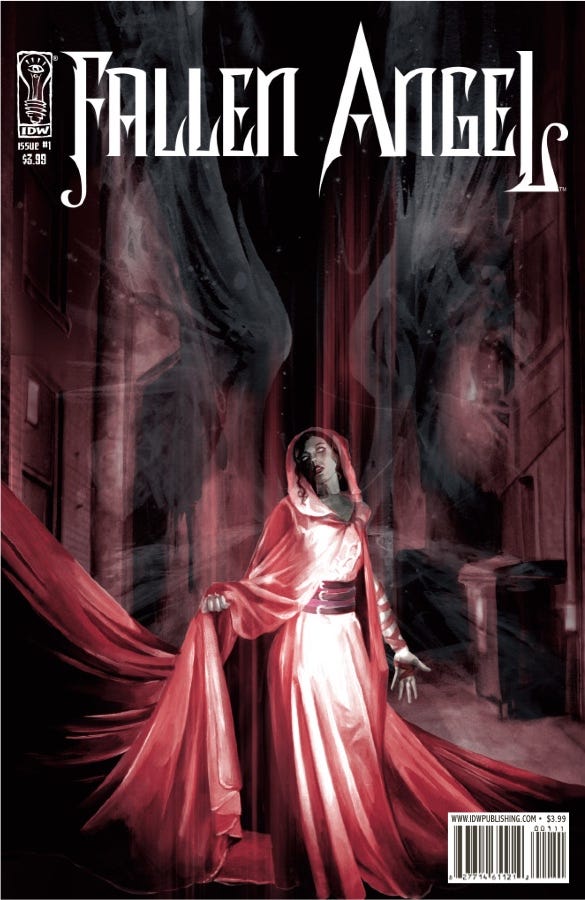

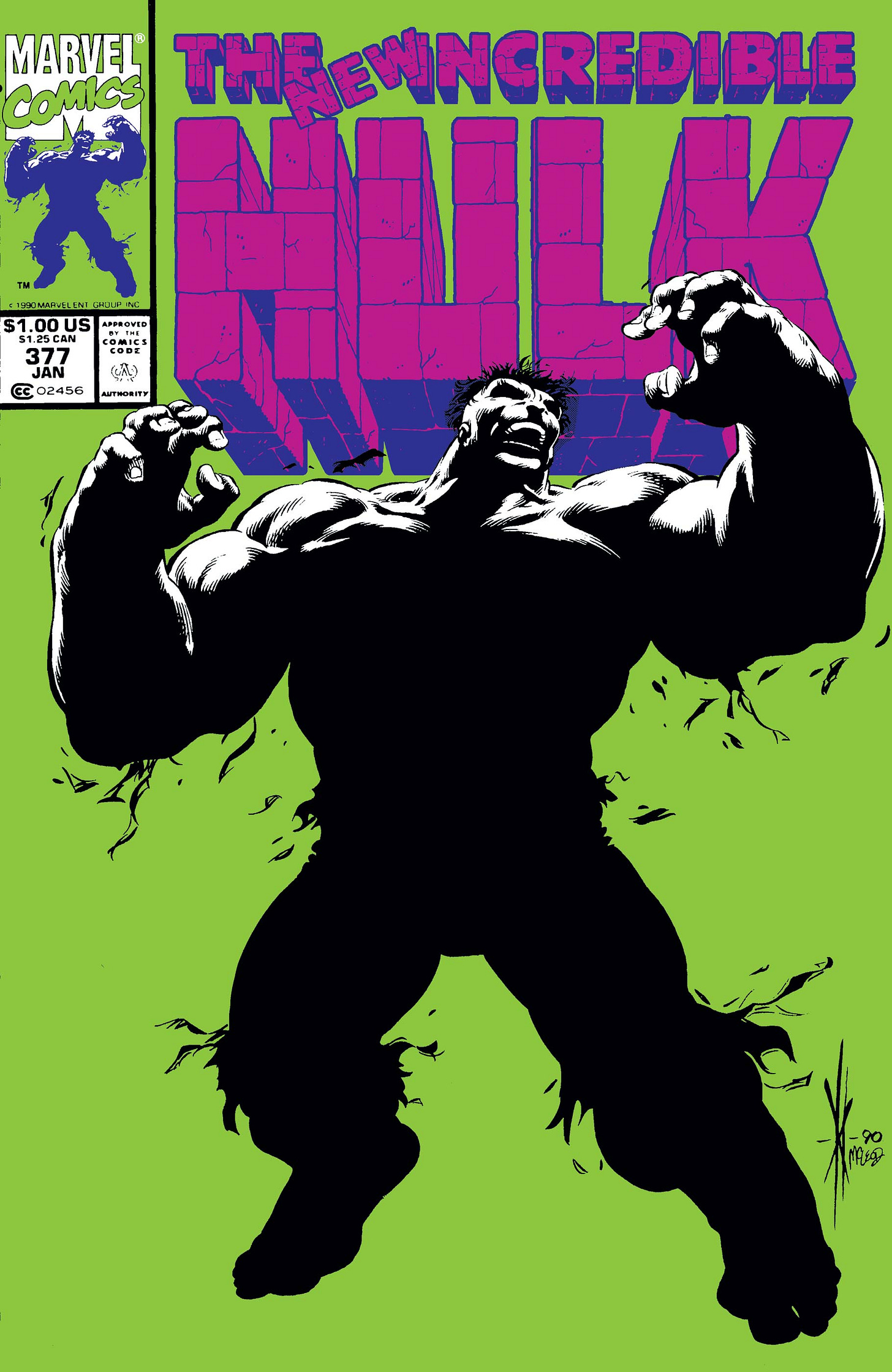
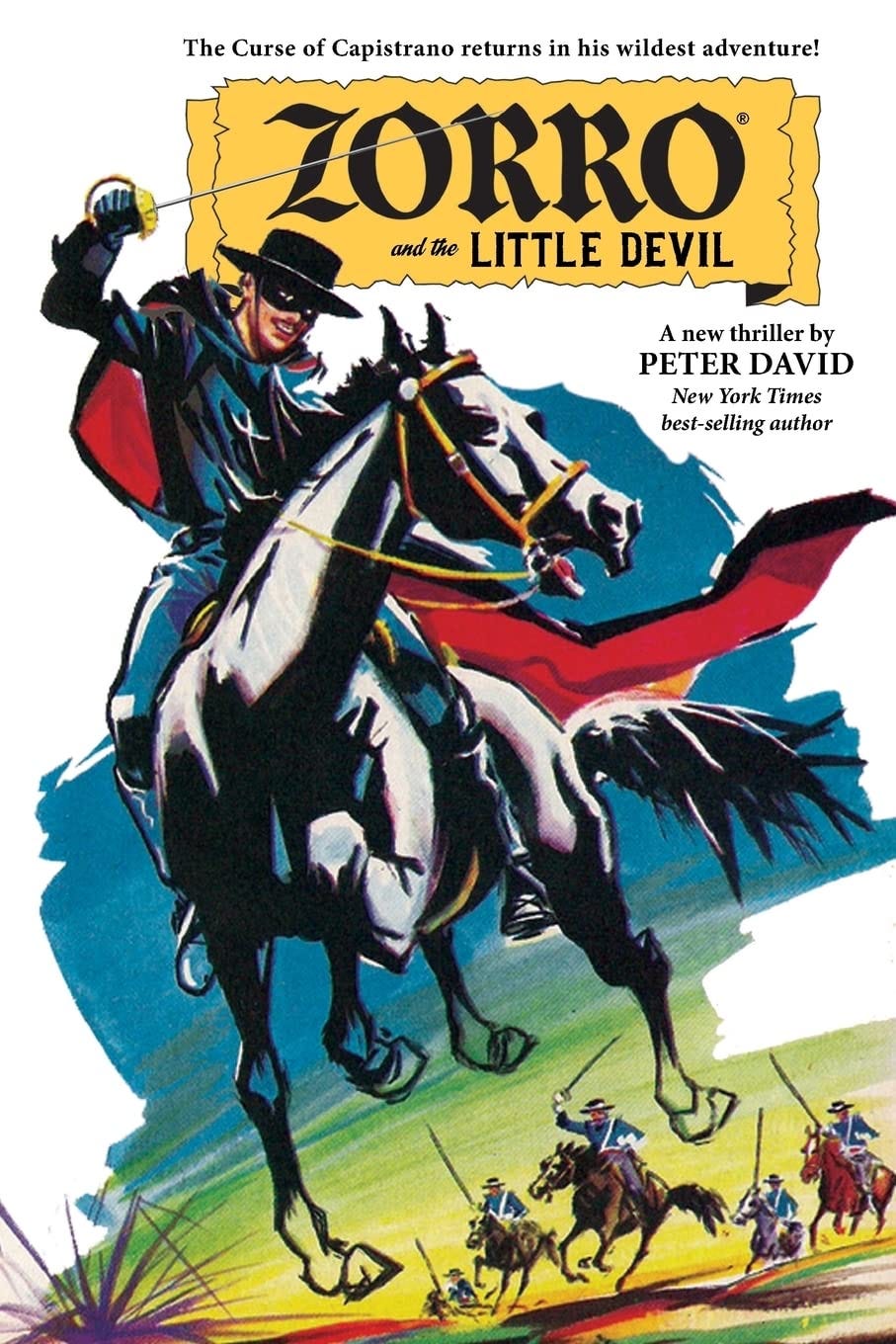
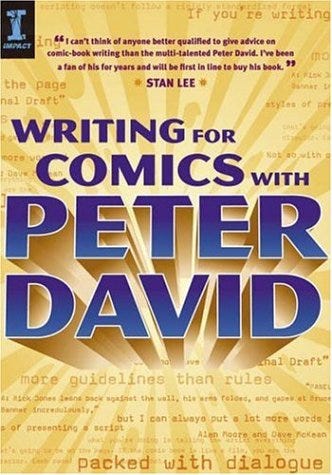

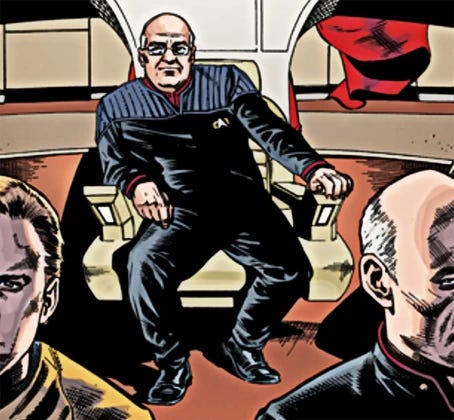
Terrific remembrance, Chris.
Fite n' Madd were in Young Justice, which was also the series where he wanted to call a character Sex Kitten. but was told no. He called her Mighty Endowed instead, and *that* was okay!